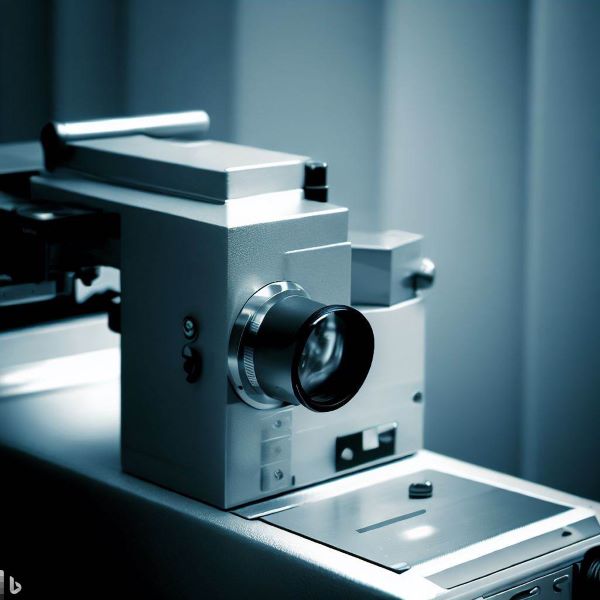
Near-infrared spectroscopy is an instrument that uses the absorption, reflection or transmission properties of substances in the near-infrared region (800-2500nm) to analyze information such as their chemical composition, structure and properties.
NIR spectrometer have the following features and advantages:
Non-destructive, fast, precise and repeatable.
No chemicals are required, the operation is safe, multiple components can be analyzed at the same time, and it is suitable for online analysis.
It can penetrate transparent or translucent materials such as glass and plastic, and can also penetrate deep into the sample to analyze inhomogeneous samples.
Depending on the sample state and analysis needs, different measurement methods can be selected, such as transmissive, reflective and transflection.
NIR spectroscopy can solve the following challenges:
Rapid quality control and process monitoring in food, pharmaceutical, chemical, agricultural and other industries.
Rapid identification and multi-component quantification of raw products.
Analysis of samples where diffuse reflection or slight scattering occurs, such as grain and paste samples.
Analysis of samples where strong scattering occurs, such as emulsions, gels, and turbid liquids.
What is the difficulty and cycle of NIR spectrometer development:
The research and development of near-infrared spectrometers is difficult, and it is necessary to master optical, electronic, mechanical, software and other technologies.
The R&D cycle of NIR spectrometer is long, which requires multiple links such as optical path design, circuit design, mechanical design, software development, and data processing.
The R&D cycle of NIR spectrometers is also affected by market demand, technological innovation, policy support and other factors.



